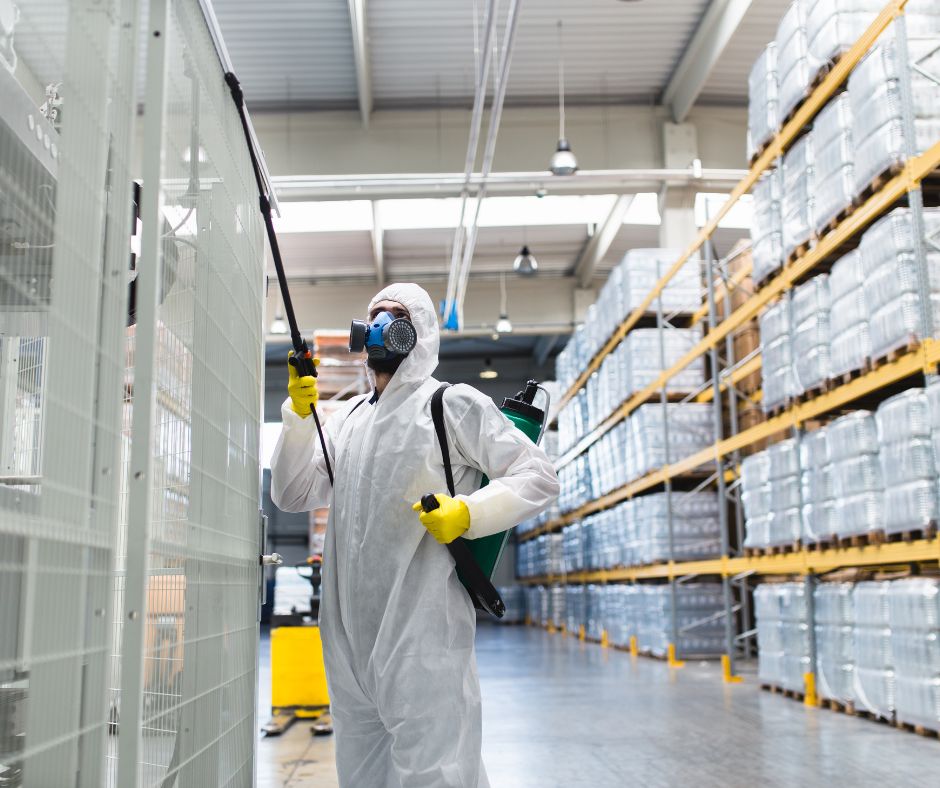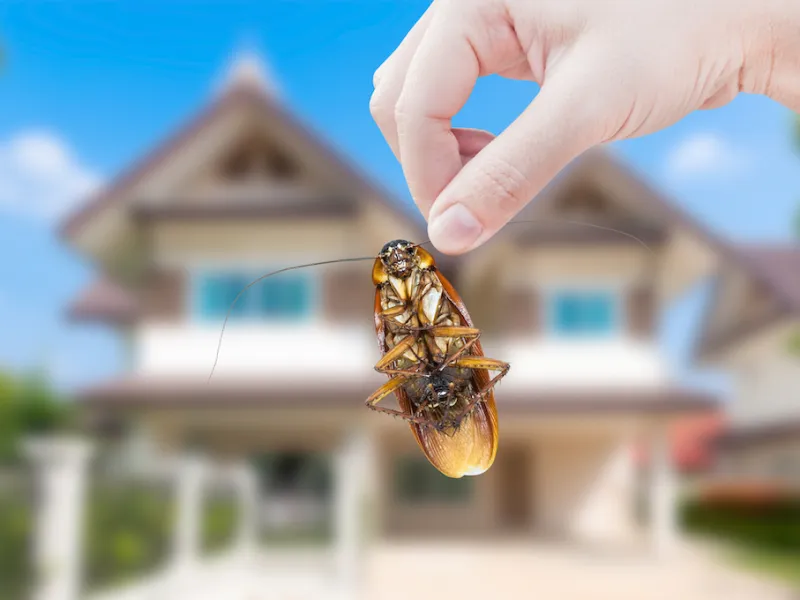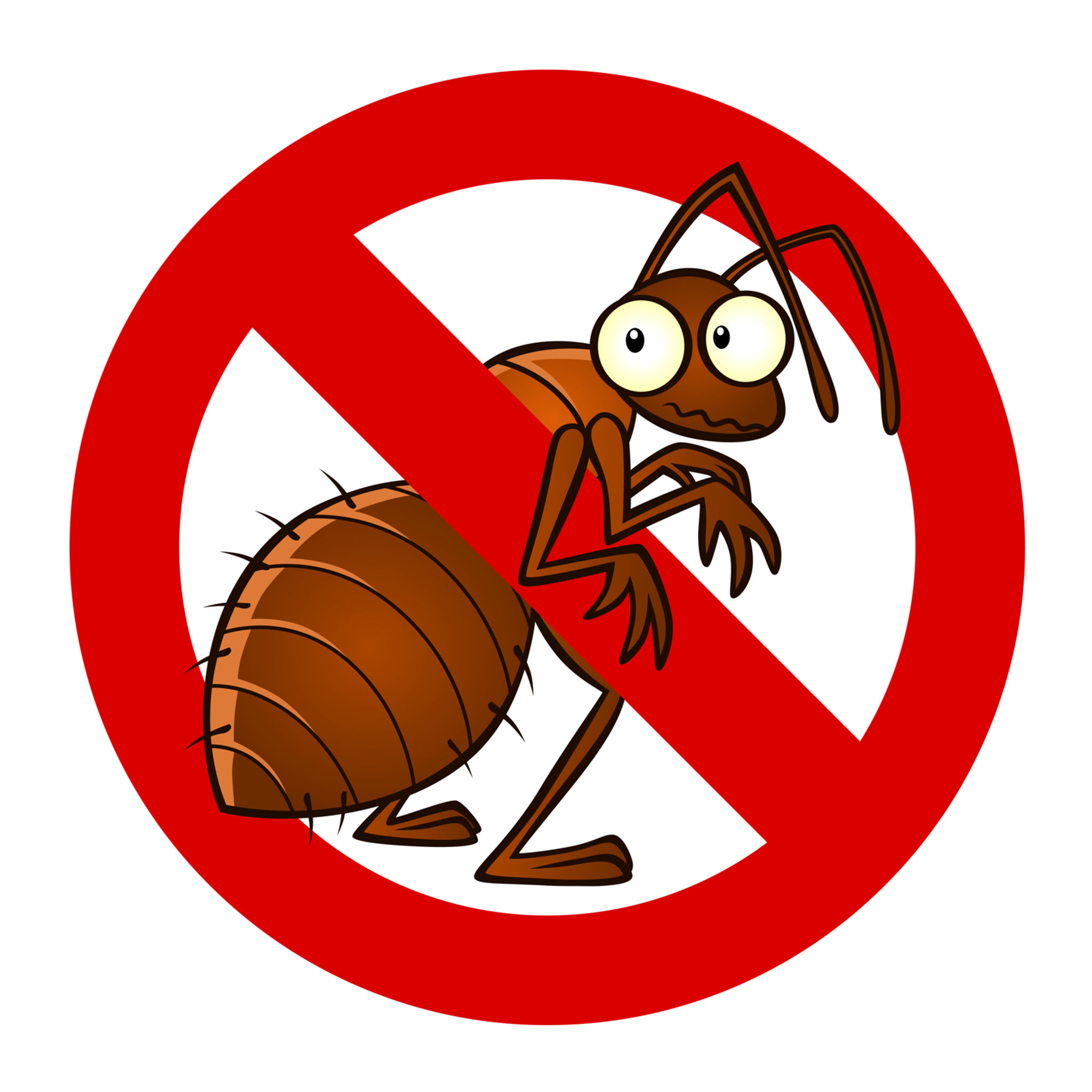Fast and Reliable Bed Bug Exterminator Port Charlotte Services for Peace of Mind
Learn Concerning the current Advances in Pest Control and How to Execute Effective Treatment Solutions
In recent years, the field of pest control has witnessed significant advancements, driven by the need for lasting and reliable treatment services. Innovative approaches such as Integrated Pest Monitoring (IPM) incorporate eco-friendly practices with sophisticated modern technology, boosting both effectiveness and environmental responsibility. Additionally, the integration of smart technologies and DIY approaches has actually equipped individuals to take on parasite problems better. As we check out these developments, it comes to be necessary to understand just how finest to implement these methods in various setups to accomplish optimum results. The effects for pest management practices could be transformative.
Eco-Friendly Insect Control Options
Over the last few years, the need for green pest control options has surged as companies and property owners alike seek sustainable alternatives to conventional chemical treatments. This shift is driven by growing ecological recognition and a wish to minimize the health risks connected with artificial chemicals.

Green bug control methods incorporate a variety of strategies that focus on the use of all-natural compounds and techniques. Integrated Insect Management (IPM) is one such technique, combining organic, cultural, and mechanical techniques to manage bug populations while lowering reliance on chemicals (Wildlife removal services). This alternative method highlights avoidance with environment manipulation and the intro of natural killers, consequently cultivating a balanced environment
An additional popular option is making use of agricultural pesticides originated from plants, which often tend to be much less unsafe to non-target organisms. Products like neem oil and diatomaceous planet have actually obtained grip for their effectiveness in managing parasites while posturing minimal risks to human health and the setting.
In addition, exclusion strategies, such as sealing entrance factors and keeping cleanliness, play a critical role in environmentally friendly parasite monitoring. By adopting these lasting techniques, individuals and services can effectively manage parasites while promoting a much healthier world for future generations.
Smart Innovation in Parasite Monitoring
Advancement is reshaping the landscape of bug management, with wise technology becoming a critical force in enhancing performance and effectiveness - Wildlife removal services. The assimilation of Internet of Points (IoT) tools, expert system (AI), and data analytics is reinventing exactly how pest control experts come close to problems
Smart catches equipped with sensing units can find bug task in real-time, sending prompt notifies to drivers. This enables timely reactions, decreasing damage and minimizing the requirement for extensive therapies. Additionally, AI formulas examine historical data to forecast pest behavior, allowing aggressive treatments based upon ecological conditions and infestation patterns.
Drones and computerized cars are also playing a considerable function in pest management, providing aerial evaluations of large locations, identifying hotspots, and also distributing targeted treatments. These innovations not only enhance procedures however also boost safety by limiting human exposure to possibly hazardous chemicals.
In addition, mobile applications empower consumers to keep track of insect task and access professional recommendations, fostering a collective approach to pest management. On the whole, the fostering of smart modern technology is establishing a new standard in insect control, emphasizing data-driven choices and lasting methods that inevitably profit both professionals and house owners alike.
Integrated Parasite Management Techniques
Integrated Parasite Administration (IPM) utilizes an all natural approach to pest control, integrating numerous methods to efficiently handle pest populations while reducing dangers to human wellness and the environment. IPM focuses on recognizing the pest life cycle, their natural opponents, and the community in which they grow.
Among the basic components of IPM is keeping track of pest populaces with normal inspections and information collection. This enables the recognition of parasite limits, establishing when treatment is necessary. Cultural methods, such as plant cleanliness, turning, and environment manipulation, are essential in decreasing insect which termite treatment is best occurrence and promoting plant wellness.
Mechanical controls, including obstacles and catches, are also essential in IPM. These methods can literally get rid of or deter pests without using chemicals. When essential, the wise application of chemical controls is used, concentrating on targeted treatments that minimize ecological influence.
Education and partnership among stakeholders, including farmers, insect control professionals, and the neighborhood, are important for the effective implementation of IPM approaches. By prioritizing sustainable methods, IPM not only addresses pest issues but additionally cultivates a healthier ecosystem.
Biological Control Techniques
Countless biological control approaches are increasingly identified for their effectiveness in handling insect populaces while advertising environmental equilibrium. These approaches harness natural predators, bloodsuckers, and microorganisms to decrease pest numbers without counting on synthetic chemicals. The introduction of ladybugs can successfully control aphid populations, while nematodes target soil-dwelling pest larvae.
Furthermore, the use of microbial chemicals, such as Bacillus thuringiensis (Bt), supplies an environmentally friendly option for taking care of caterpillar parasites. These products especially target pest types, lessening damage to advantageous pests and pollinators. Conservation biological control stresses enhancing environments for natural enemies, such as birds and valuable insects, therefore motivating their presence in farming systems.
Research study remains to expose innovative methods within this area, such as the usage of pheromones to disrupt pest mating patterns or the development of biocontrol representatives through genetic design. Executing these approaches can result in lasting parasite administration techniques that reduce the reliance on chemical interventions, eventually fostering much healthier communities. As awareness of these strategies expands, they are coming to be integral parts of integrated pest administration (IPM) methods, providing an equilibrium in between effective parasite control and ecological stewardship.
Do It Yourself Pest Control Solutions
As property owners seek efficient means to deal with pest problems, DIY insect control services have acquired popularity for their ease of access and cost-effectiveness. These methods equip individuals to deal with invasions utilizing conveniently available materials and techniques, frequently without the requirement for professional intervention.

Additionally, preserving proper sanitation and normal examinations can avoid bug access and nesting (Wildlife removal services). Easy techniques, such as securing fractures, removing food resources, and decluttering, can dramatically decrease pest populaces. Traps, both homemade and commercially available, can additionally offer reliable options for monitoring and regulating certain parasites like rats or insects

Verdict
The combination of green parasite control choices, wise innovation, and innovative management approaches offers a detailed approach to effective insect read this article management. By welcoming Integrated Parasite Administration (IPM) and making use of organic control approaches, along with Do it yourself solutions, sustainable and accountable bug control can be attained.
Eco-friendly pest control approaches encompass a variety of techniques that prioritize the usage of natural compounds and practices. Integrated Insect Management (IPM) is one such method, incorporating biological, cultural, and mechanical strategies to handle pest populations while decreasing dependence on chemicals. As understanding of these strategies grows, they are becoming essential components of incorporated bug monitoring (IPM) techniques, offering an equilibrium between efficient bug control and ecological stewardship.
The integration of eco-friendly parasite control alternatives, wise modern technology, and innovative monitoring strategies offers a thorough technique to reliable pest administration. By embracing Integrated Pest Management (IPM) and utilizing biological control methods, together with DIY services, accountable and lasting parasite control can be attained.